Pulled pork is a delicious and versatile dish that can be enjoyed in a variety of ways, from sandwiches to tacos and salads. If you have leftover pulled pork butt or pork shoulder or if you want to make a big batch to enjoy throughout the week, it's important to know how to store and reheat it properly to ensure that it stays fresh and flavorful.
Dry meat is one of the biggest issues with reheating pork. Keep reading to learn all of my best tips for storing and reheating pulled pork.
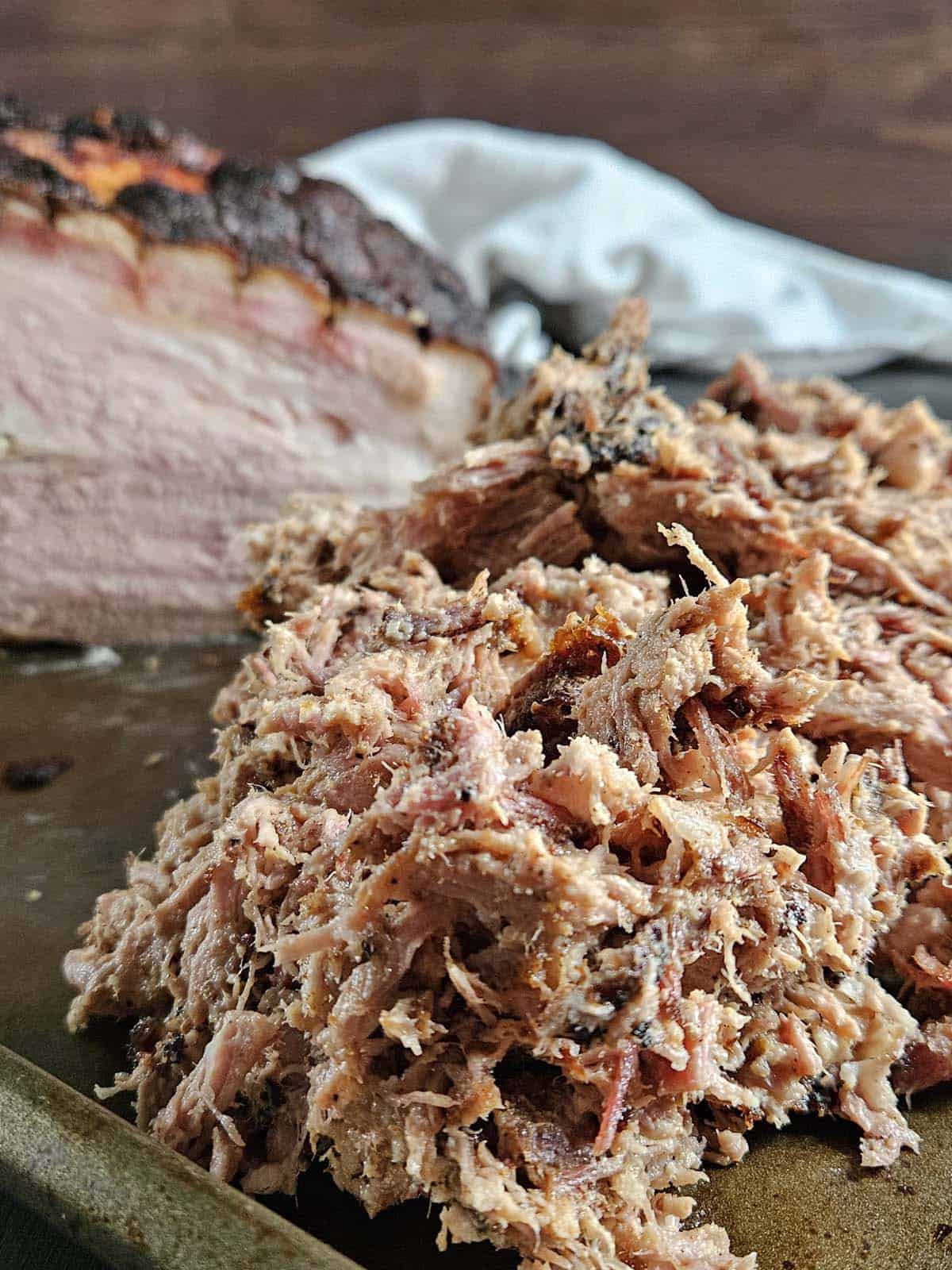
Jump to:
How to Store Pulled Pork
There are two different methods for storing pulled pork, in the refrigerator or in the freezer.
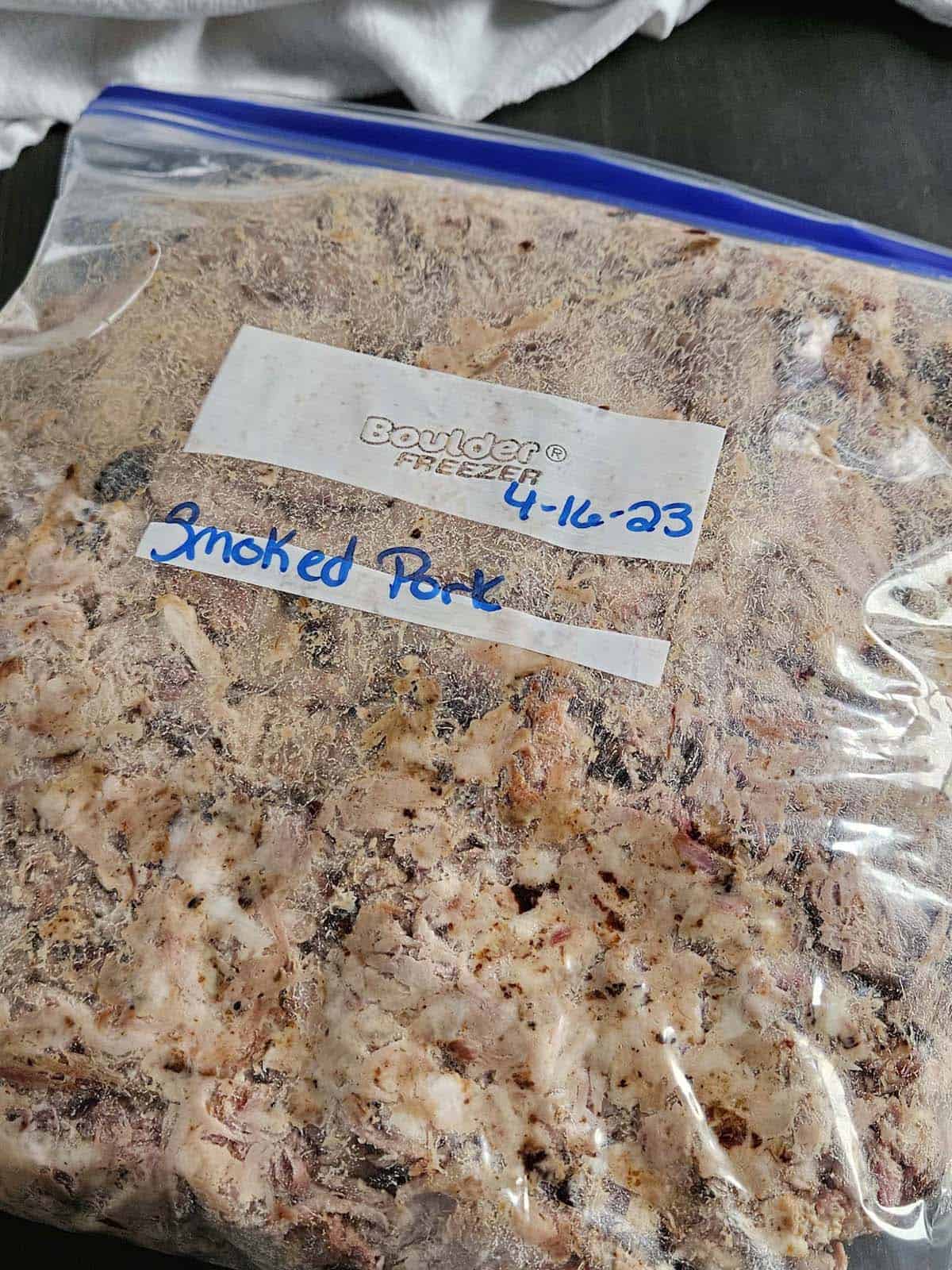
Refrigerator
- Let the pork cool down. Once you've cooked the pulled pork, let it cool down to room temperature for about 30 minutes. This will help prevent moisture buildup and bacterial growth, which can cause the meat to spoil.
- Portion the pulled pork out. Divide the pulled pork into smaller portions before storing it. This will help the meat cool down more quickly.
- Use airtight containers. Store the pulled pork in airtight containers or resealable plastic bags. This will keep the meat fresh for longer and prevent it from drying out. Make sure to remove as much air as possible from the bags or containers.
- Label and date the containers. To keep track of when the pulled pork was stored and to make it easier to find later on, label the containers or bags with the date and contents. If you are freezing meals frequently you may want to pick up some of these freezer labels to make organizing your freezer easier.
- Store in the refrigerator. Pulled pork stored in the refrigerator will keep for up to 4 days.

Freezer
For longer-term storage, the freezer is the best method.
- Let the pork cool down. Once you've cooked the pulled pork, let it cool down to room temperature for about 30 minutes. This will help prevent moisture buildup and bacterial growth, which can cause the meat to spoil.
- Portion the pulled pork out. Divide the pulled pork into smaller portions before storing it. This will help the meat cool down more quickly. It will also make it easier to thaw and reheat later on.
- Use airtight containers. Store the leftover meat in an airtight container or resealable plastic bags. This will keep the meat fresh for a long time, prevent it from drying out, and reduce the risk of freezer burn. Make sure to remove as much air as possible from the bags or containers.
- Label and date the containers. To keep track of when the pulled pork was stored and to make it easier to find later on, label the containers or bags with the date and contents. If you are freezing meals frequently you may want to pick up some of these freezer labels to make organizing your freezer easier.
- Store in the freezer. Pulled pork stored in the freezer will keep for up to 3 months.
Tip: If freezing in ziplock bags smash the pork down so that the pork is in a flat even layer. This will make storage easier as well as help it to freeze and thaw faster.
How to Thaw
When you're ready to use the pulled pork, the best way to thaw it is in the refrigerator overnight.
How to Reheat Pulled Pork
When it's time to reheat your pulled pork, follow these steps to ensure it stays moist and flavorful:
- Let the pork come to room temperature. Take the pulled pork out of the refrigerator and let it come to room temperature for about 30 minutes before reheating. This will reduce cooking time and keep the pork moist.
- Add some moisture. To prevent the pork from drying out during reheating, add a little moisture. You can do this by adding a splash of water, chicken broth, apple juice, or even barbecue sauce to the container.
- Choose your reheating method. There are several methods for reheating pulled pork.
Here are four of my favorite reheating methods.
Microwave
The microwave is the fastest way to reheat pork leftovers and is great if you only need to reheat a single serving.
Place the pulled pork in a microwave-safe dish with a splash of water or chicken broth, cover it with a damp paper towel, and heat on high in 30-second intervals until heated through.
I love using this magnetic microwave cover to prevent splatters. The lid uses magnets to stick to the top of the microwave when not in use.
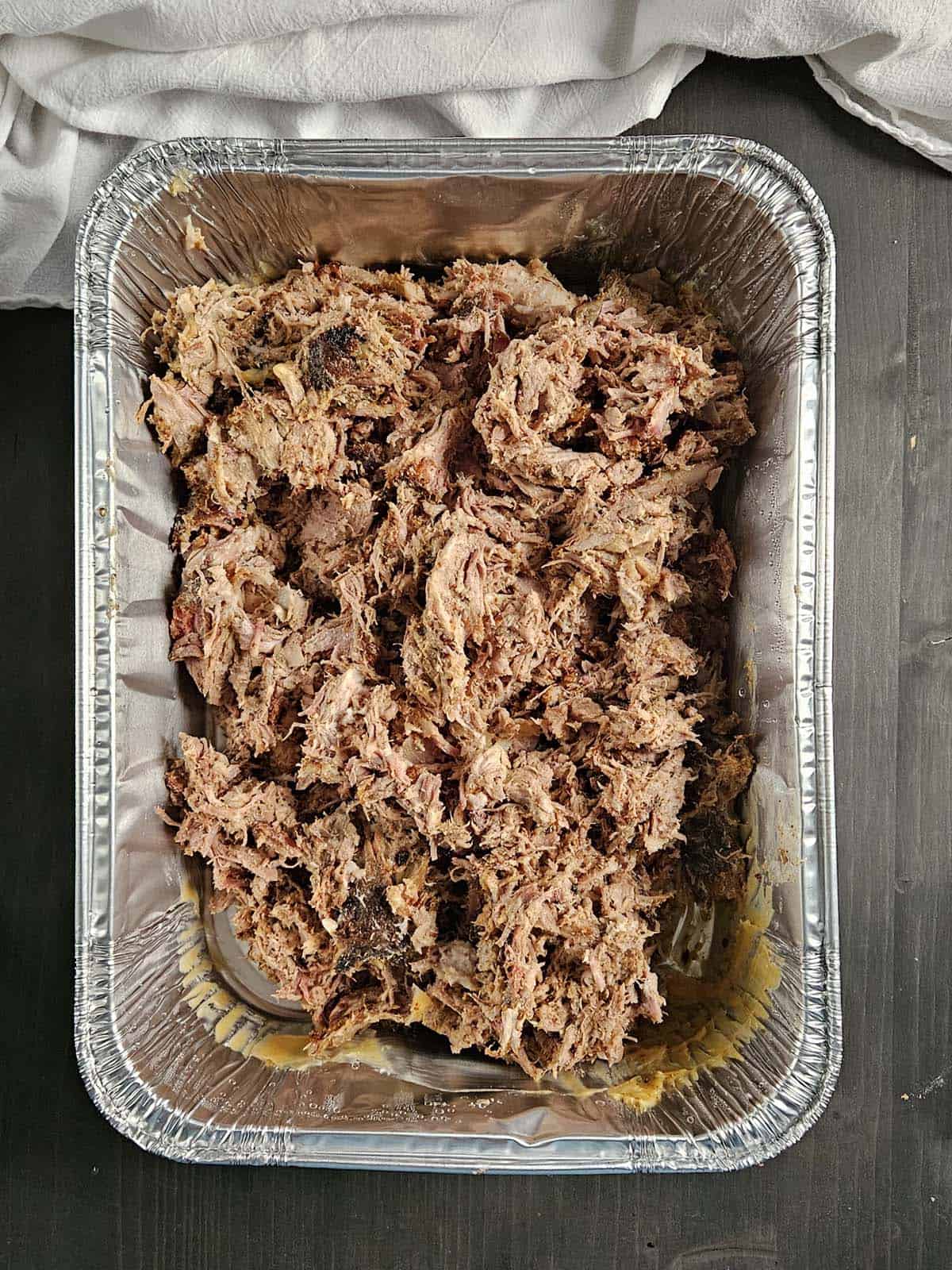
Oven
The oven is great for when you need to reheat a lot of pre-shredded pork
Preheat the oven to 325 degrees Fahrenheit. Place the pulled pork in an oven-safe dish, like this dutch oven, with a splash of water or chicken broth, cover with foil, and heat for 20-30 minutes or until heated through.
Once the pork reaches 165 degrees Fahrenheit, remove the foil and let the meat broil for a few minutes to crisp up the top layer of pork.
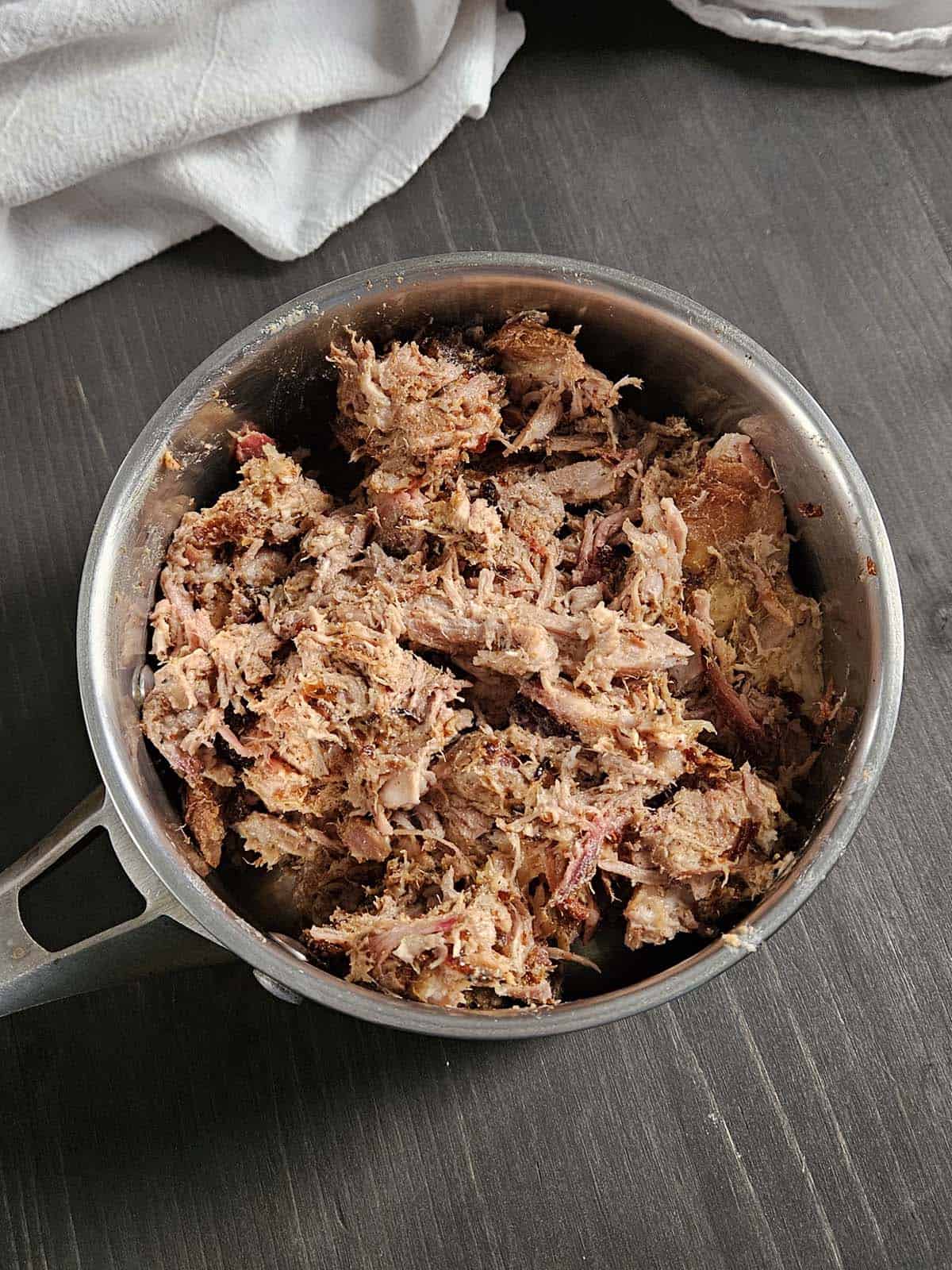
Stovetop
Heat a skillet over medium heat. Add the leftover pork and a splash of water or chicken broth. Cover and heat for 10-15 minutes or until heated through, stirring occasionally.

Slow Cooker
If you aren't in a rush and need a way to reheat lots of pulled pork, the slow cooker or crock pot is a great hands-off solution.
Place the pulled pork and a splash of water or chicken broth in the slow cooker. Set the slow cooker to low heat. In just a few hours your pork should be ready to eat.
Tip: Check the temperature. To ensure that the pulled pork is safe to eat, use a meat thermometer to check that the internal temperature has reached at least 165°F.
Enjoy! Once the pulled pork is heated through, it's ready to enjoy.

Serving Suggestions
Use the reheated meat in one of your favorite pork recipes. Use it as a filling for sandwiches, pork casserole, tamales, pork tacos, or BBQ platters. You could also toss some into your favorite soup like this Winter Pork Stew or salad.
One of my favorite ways to serve reheated pulled pork is on these pulled pork smoked potato skins or in this leftover roast pork stroganoff.
These are my favorite dishes to serve with pulled pork:
Frequently Asked Questions
For the best results and safety of the pulled pork, I suggest only reheating the pork once. Each time pork is reheated and cooled during the reheating process you risk bacterial growth. Reheating multiple times will also dry out the pork.
I don't suggest freezing pork with bbq sauce. The additional moisture will encourage ice crystals and cause the pork to freeze into one big clump which will increase the length of time needed to defrost.
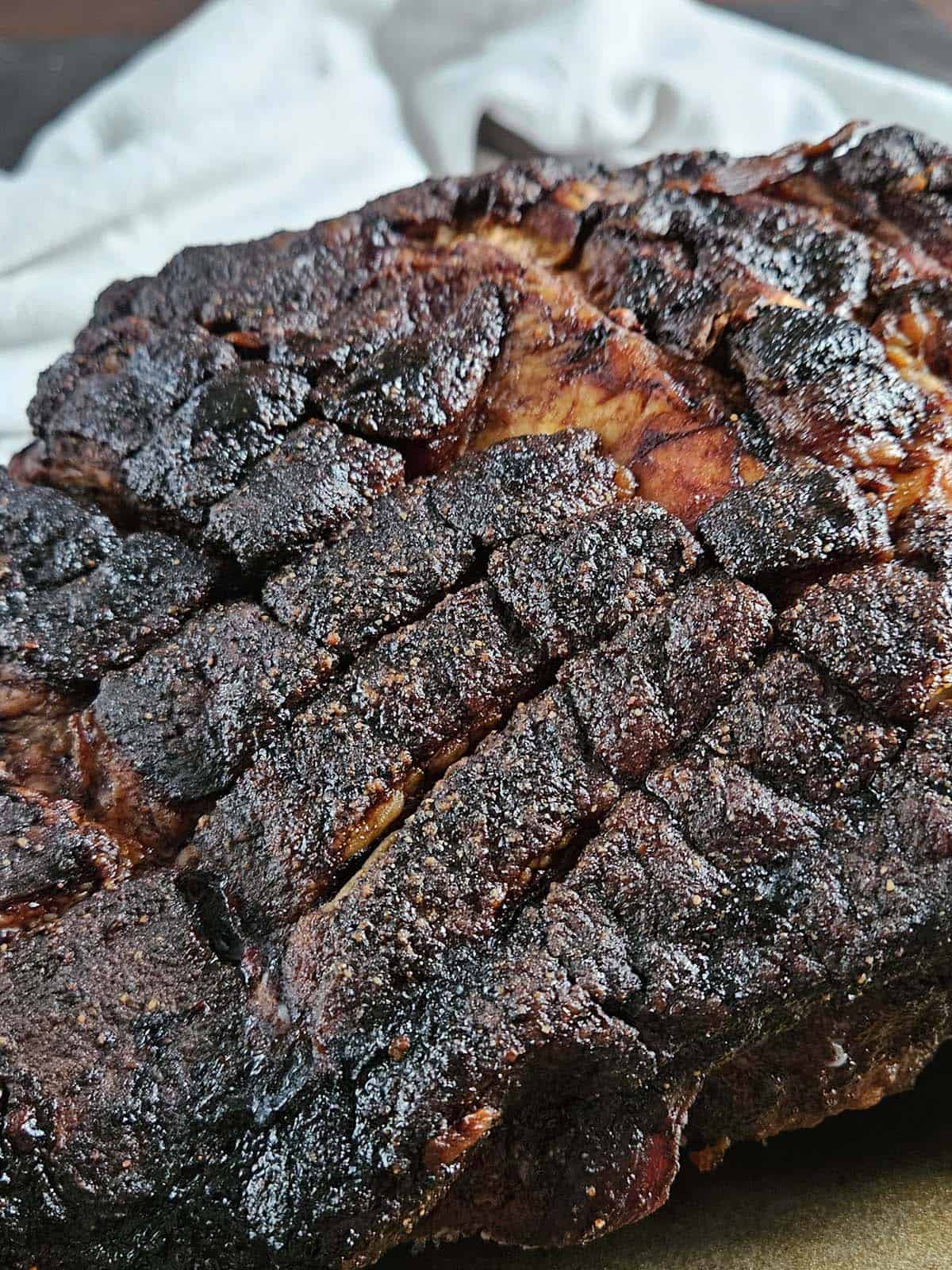
Tips
- A great way to make adding the pork to a heavy-duty freezer bag easier you may want to purchase these bag holders.
- When storing pork in a plastic bag you want to remove as much excess air as possible. When using a regular ziplock bag you can do this by zipping the bag almost completely closed, inserting a straw, and then sucking out the extra air.
- If you are frequently freezing pulled pork and other leftovers you may want to invest in a vacuum sealer. Using a vacuum-sealed bag is one of the easiest ways to remove the air from bags and ensure an airtight seal.
- Let the pork cool completely to room temperature before freezing.
- Keep your freezer organized and eliminate mystery containers by labeling your storage containers with the contents and the date before freezing.
- For a quick and easy meal for one, freeze the pork in individual portions using a smaller container.
Properly storing and reheating pulled pork can help preserve its flavor and texture, ensuring that you can enjoy it for days to come. Follow these simple steps to store and reheat your pulled pork, and you'll be rewarded with juicy, flavorful meat every time.
Related
Looking for other recipes like this? Try these:
Thanks for Reading!
If you try this recipe, let me know! Leave a comment and rate it below! You can also snap a picture and post it on Facebook or Instagram be sure to tag me @RaspberriesandKohlrabi.
Subscribe to get more recipes and tips by email.




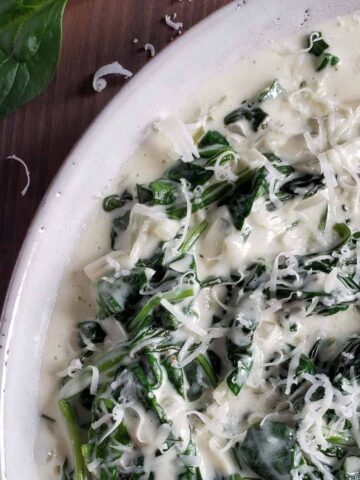
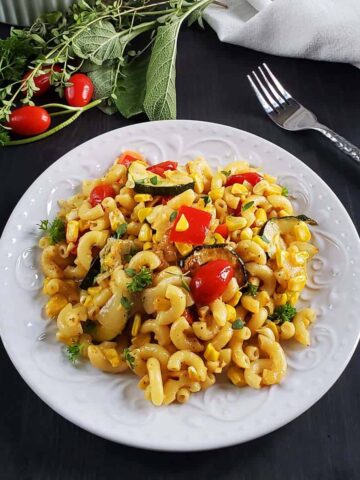
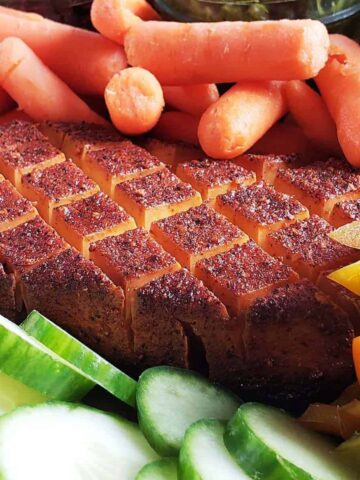
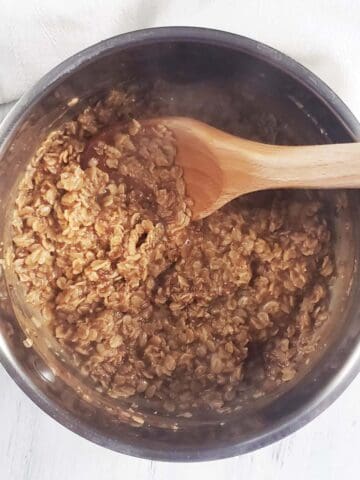
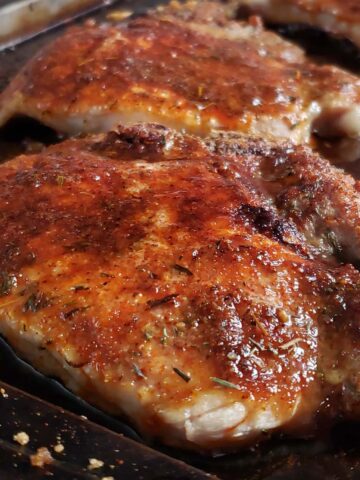
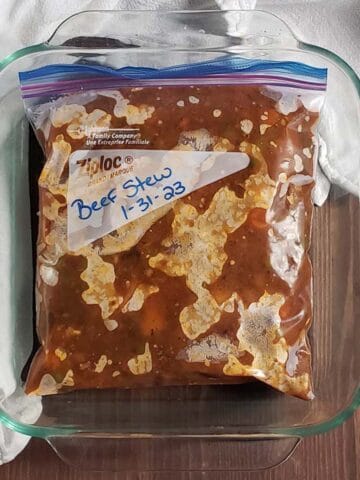


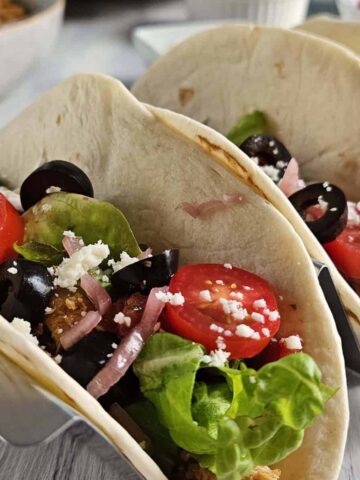


Comments
No Comments